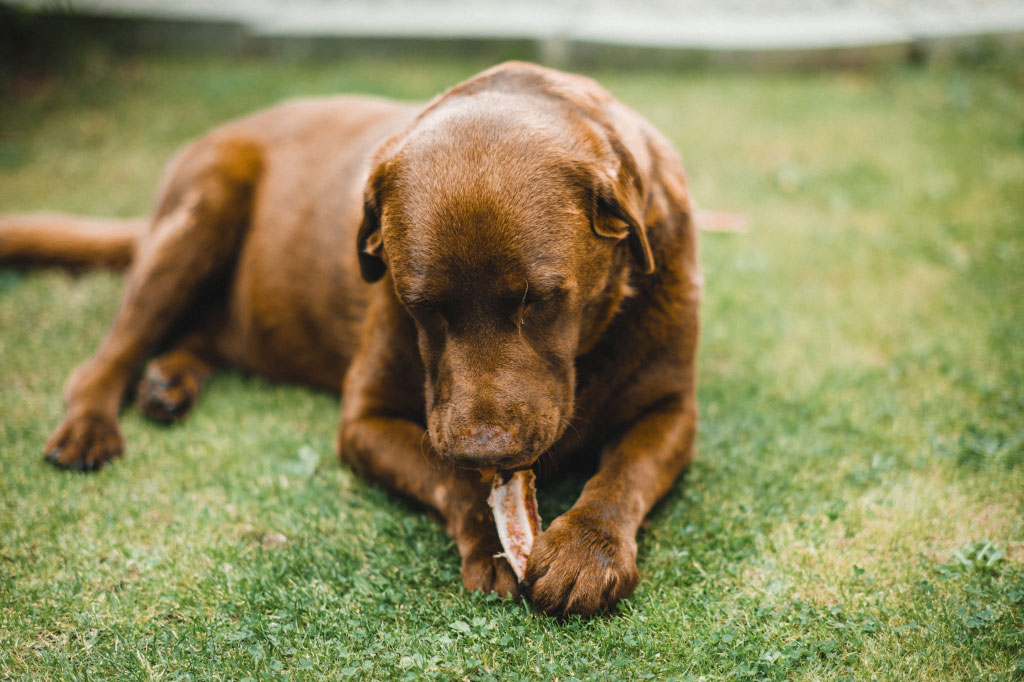Your cart is currently empty!
Benefits of Raw Meaty Bones for Dogs That Far Outweigh the Risks

Introduction
When it comes to providing our furry companions with the best nutrition, there is an ongoing debate about the benefits and risks of feeding dogs raw meaty bones. Many pet owners are concerned about potential dangers, such as choking, bacterial contamination, and broken teeth. However, when handled responsibly, raw meaty bones offer numerous advantages for dogs that far outweigh the associated risks. In this article, we will explore the benefits of incorporating raw meaty bones into your dog’s diet while also addressing safety concerns.
Understanding Raw Meaty Bones
Before delving into the benefits, let’s clarify what we mean by “raw meaty bones.” These are uncooked, fresh bones that are still covered with meat and connective tissue. They include items like chicken wings, turkey necks, beef ribs, and pork tails. It’s essential to differentiate them from cooked bones, which can splinter and pose serious hazards to your dog.
Dental Health Improvement
One of the primary advantages of feeding your dog raw meaty bones is the positive impact on their dental health. Chewing on raw bones helps remove plaque and tartar buildup, preventing gum disease and bad breath. The natural abrasive action of bones also massages the gums and promotes healthier teeth.
Strengthening Jaw Muscles
Additionally, the act of gnawing on bones provides an excellent workout for your dog’s jaw muscles. This exercise can help maintain their oral strength, which is particularly beneficial for older dogs.
Nutritional Benefits
Raw meaty bones are packed with essential nutrients that can enhance your dog’s overall well-being. These bones are a rich source of calcium and phosphorus, which are crucial for strong bones and teeth. They also contain vitamins, minerals, and amino acids that support your dog’s immune system and contribute to shiny coats and healthy skin.
Balanced Diet
Incorporating raw meaty bones into your dog’s diet can help achieve a more balanced nutritional profile. It complements commercial dog food and can bridge any nutrient gaps, ensuring your dog receives a well-rounded diet.
Mental Stimulation and Anxiety Reduction
Dogs are natural chewers, and providing them with raw meaty bones satisfies their instinctual urge to chew. This mental stimulation can help reduce boredom and anxiety, which is especially beneficial for dogs that spend a lot of time alone.
Stress Relief
Chewing on bones can also provide stress relief for dogs. It’s a calming activity that can help them relax and unwind.
Weight Management
For dogs struggling with weight issues, raw meaty bones can be a valuable addition to their diet plan. Chewing bones takes time and effort, which can lead to increased calorie expenditure. Additionally, the high-protein content of bones can help dogs feel full, reducing the likelihood of overeating.
Enhanced Digestion
Raw bones contain natural enzymes that can aid in digestion. They promote healthy gut flora, which can improve nutrient absorption and reduce gastrointestinal issues.
Safety Precautions
While the benefits of raw meaty bones are substantial, it’s crucial to handle them responsibly:
- Supervision: Always supervise your dog when they’re chewing on bones to prevent accidents.
- Size Matters: Choose bones that are appropriate for your dog’s size to avoid choking hazards.
- Storage: Store bones safely to prevent contamination and bacterial growth.
- Avoid Weight-Bearing Bones: Stay away from weight-bearing bones, as they are harder and can damage teeth.
Conclusion
In conclusion, the benefits of feeding raw meaty bones to your dog far outweigh the potential risks when handled responsibly. They promote dental health, offer essential nutrients, provide mental stimulation, aid in weight management, and improve digestion. However, always consult with your veterinarian before introducing any dietary changes for your furry friend.
FAQs
- Are all bones safe for dogs? Not all bones are safe. Stick to raw meaty bones like chicken wings or turkey necks and avoid cooked bones or weight-bearing bones.
- How often should I give my dog raw meaty bones? It depends on your dog’s size and age. Consult your vet for personalized recommendations.
- Can raw bones cause bacterial infections? Proper handling and storage can minimize the risk of bacterial contamination. Follow safety guidelines carefully.
- Are there any dogs that should avoid raw meaty bones? Dogs with certain medical conditions, such as pancreatitis or gastrointestinal issues, may not be suitable candidates for raw bones. Consult your veterinarian for advice.
- Can puppies have raw meaty bones? Puppies can benefit from raw meaty bones, but it’s essential to choose appropriately sized bones and monitor them closely during chewing sessions. Consult your vet for guidance.
Remember, always prioritize your dog’s safety and well-being when introducing any dietary changes. Raw meaty bones can be a valuable addition to your dog’s diet, but responsible handling is key.
